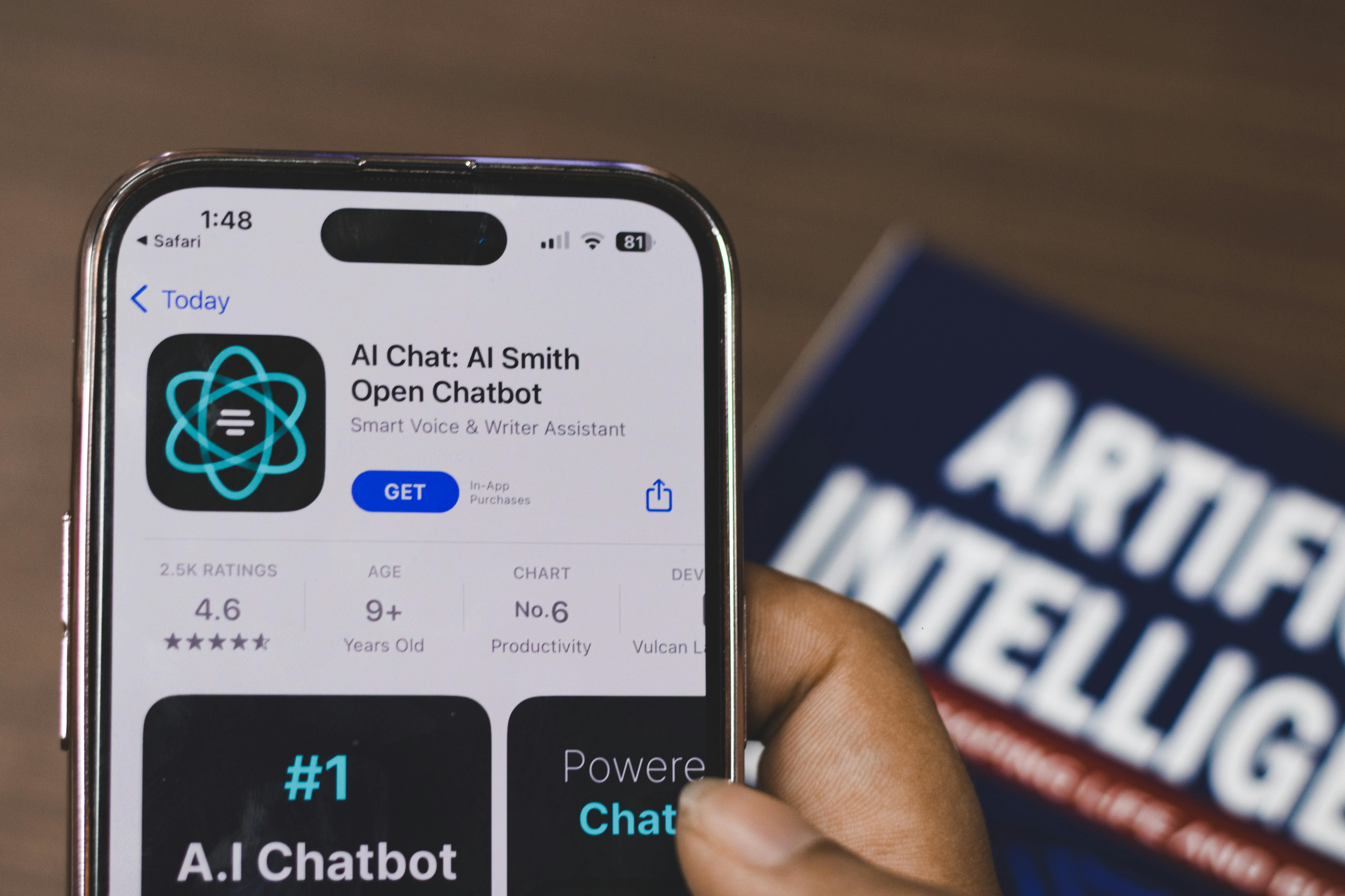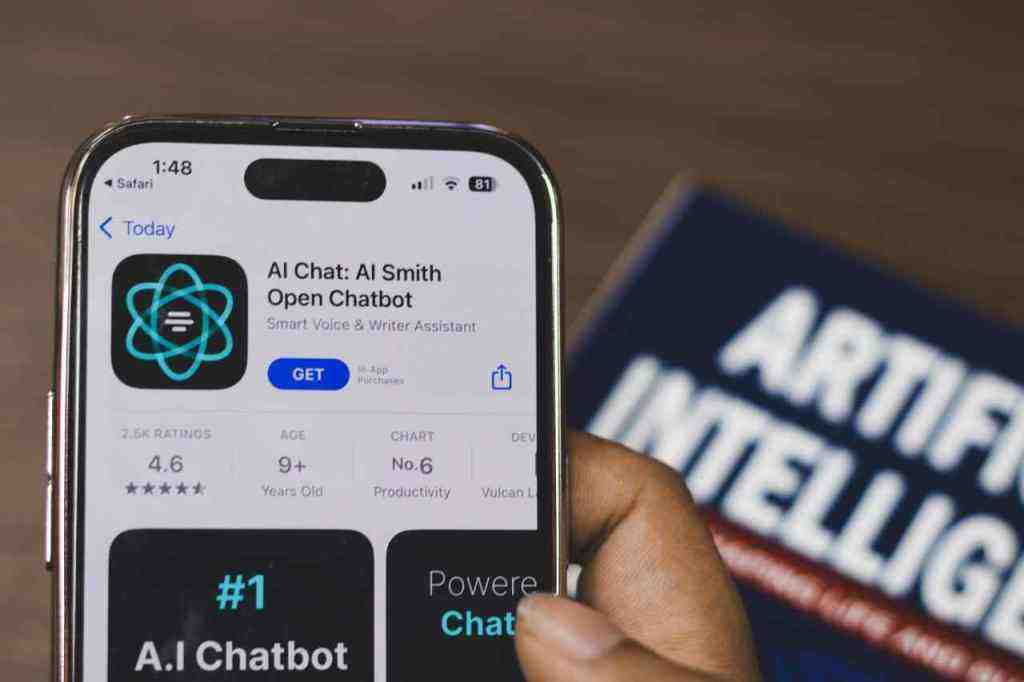Apple’s Strategic Integration of Advanced AI Models: A New Era for User Experience

The Dawn of a New Era in User Experience
The technology landscape is abuzz with the groundbreaking news that Apple is set to integrate OpenAI’s highly anticipated GPT-5 model into its core operating systems, iOS and macOS. This strategic move signals a significant leap forward in enhancing user interaction and capabilities across Apple’s ecosystem. The integration promises to unlock unprecedented levels of intelligence and personalization, fundamentally reshaping how users engage with their devices. This collaboration between Apple and OpenAI represents a pivotal moment, bringing cutting-edge artificial intelligence directly to the fingertips of millions of users worldwide. The infusion of GPT-5’s advanced natural language processing and generative capabilities into iOS and macOS is expected to redefine device intelligence, offering more intuitive, context-aware, and proactive assistance.
Unpacking the Capabilities of GPT-5
Enhanced Natural Language Understanding
GPT-5, the latest iteration from openai, boasts a significantly improved ability to comprehend and process human language. This means that virtual assistants and AI-powered features within Apple devices will become remarkably adept at understanding complex queries, nuances in speech, and even emotional context, leading to more accurate and helpful responses.
Advanced Content Generation and Summarization
Beyond understanding, GPT-5 excels at generating human-like text and summarizing lengthy documents. For Apple users, this could translate into powerful tools for drafting emails, creating written content, generating creative text formats, and quickly distilling information from articles or reports, all within their familiar device environment.
Contextual Awareness and Personalization
A key advancement of GPT-5 is its enhanced contextual awareness. It can maintain a deeper understanding of ongoing conversations and user preferences, allowing for more personalized and relevant interactions. This means AI assistance will feel less like a tool and more like an intelligent partner, anticipating needs and offering tailored suggestions.
Multimodal AI Capabilities
While details remain under wraps, there’s strong anticipation that GPT-5 will incorporate multimodal capabilities, enabling it to understand and generate content across different formats, including text, images, and potentially audio. This could lead to richer interactions, such as describing images or generating visual content based on textual prompts.
Implications for iOS and macOS Users
Smarter Virtual Assistants
Siri, Apple’s long-standing virtual assistant, is poised for a dramatic transformation. With GPT-5’s intelligence, Siri could evolve from a command-based assistant to a truly conversational and proactive entity, capable of handling more complex tasks, managing schedules more efficiently, and providing more insightful information.
Revolutionary Text Input and Editing
Typing and editing text on Apple devices are set to become more fluid and efficient. GPT-5’s predictive text capabilities will likely be supercharged, offering more contextually relevant word and phrase suggestions. Furthermore, AI-powered editing tools could assist with grammar, style, and even content refinement, making writing a seamless experience.
Enhanced Search Functionality
The integration of GPT-5 promises to revolutionize how users search for information on their devices. Instead of relying on keyword matching, searches could become more conversational and intent-based, allowing users to ask questions in natural language and receive direct, comprehensive answers rather than just a list of links.
Personalized Content Discovery
From app recommendations to news articles and entertainment suggestions, GPT-5’s ability to understand user preferences and context will lead to highly personalized content discovery. Users will receive more relevant and engaging recommendations, tailored to their individual tastes and current activities.. Find out more about explore Ars Technica.
Streamlined Workflow and Productivity
For professionals and students alike, the integration of GPT-5 could significantly boost productivity. Imagine AI assistants that can summarize meeting notes, draft initial responses to emails, or even help brainstorm ideas, all directly within the macOS and iOS workflows, saving valuable time and effort.
Apple’s Strategic Vision and Future Outlook
Deepening the Apple Ecosystem
This move underscores Apple’s commitment to enriching its ecosystem by embedding advanced AI capabilities. By bringing GPT-5 to its platforms, Apple aims to create a more cohesive and intelligent user experience that seamlessly connects across all its devices and services.
Competitive Edge in the AI Race
In the rapidly evolving field of artificial intelligence, this partnership positions Apple to maintain a competitive edge. Offering state-of-the-art AI directly integrated into its hardware and software provides a significant differentiator against rivals, attracting and retaining users who value cutting-edge technology.
Focus on On-Device Processing and Privacy
While leveraging powerful AI models, Apple is known for its strong emphasis on user privacy and on-device processing. It is anticipated that Apple will implement sophisticated strategies to ensure that much of the AI processing occurs locally on the device, minimizing data transmission and enhancing user privacy.
The Future of Human-Computer Interaction. Find out more about discover brings.
The integration of GPT-5 represents a significant step towards a future where human-computer interaction is more natural, intuitive, and intelligent. Apple’s adoption of such advanced AI suggests a long-term vision focused on creating devices that understand and adapt to users on a deeper level.
Potential Challenges and Considerations
Ensuring Accuracy and Reliability
While GPT-5 is highly advanced, ensuring the consistent accuracy and reliability of its outputs in all scenarios will be a key challenge. Apple will need robust systems to mitigate potential biases or factual inaccuracies that could arise from the AI model.
Managing Computational Resources
Running sophisticated AI models like GPT-5 requires significant computational power. Apple will need to optimize the integration to ensure it doesn’t negatively impact device performance, battery life, or thermal management, especially on older or less powerful devices.
User Adaptation and Education
Introducing such advanced AI capabilities will require users to adapt to new ways of interacting with their devices. Apple may need to provide clear guidance and educational resources to help users understand and leverage the full potential of these new features.
Ethical Considerations and Responsible AI Deployment
The deployment of powerful AI models raises important ethical questions regarding bias, fairness, and transparency. Apple will be under scrutiny to ensure responsible AI development and deployment, addressing potential societal impacts and upholding ethical standards.
Anticipating the Rollout and User Impact
Phased Implementation and Beta Testing
It is highly probable that the integration of GPT-5 will follow a phased rollout, starting with beta programs and gradually expanding to all users. This approach allows for rigorous testing and refinement of the AI features before a wider release.
Impact on Third-Party Developers
The availability of GPT-5’s capabilities through Apple’s platforms could also empower third-party developers. New APIs and tools may be released, enabling developers to build innovative applications that leverage advanced AI, further enriching the app ecosystem.
Redefining User Expectations
As users experience the enhanced intelligence and capabilities offered by GPT-5 integration, their expectations for AI assistance on personal devices will undoubtedly rise. This sets a new benchmark for what users will come to expect from their technology.
A Glimpse into the Future of Computing
This development offers a compelling glimpse into the future of personal computing, where artificial intelligence is not just an add-on but an integral part of the user experience, making technology more accessible, powerful, and personal than ever before.
